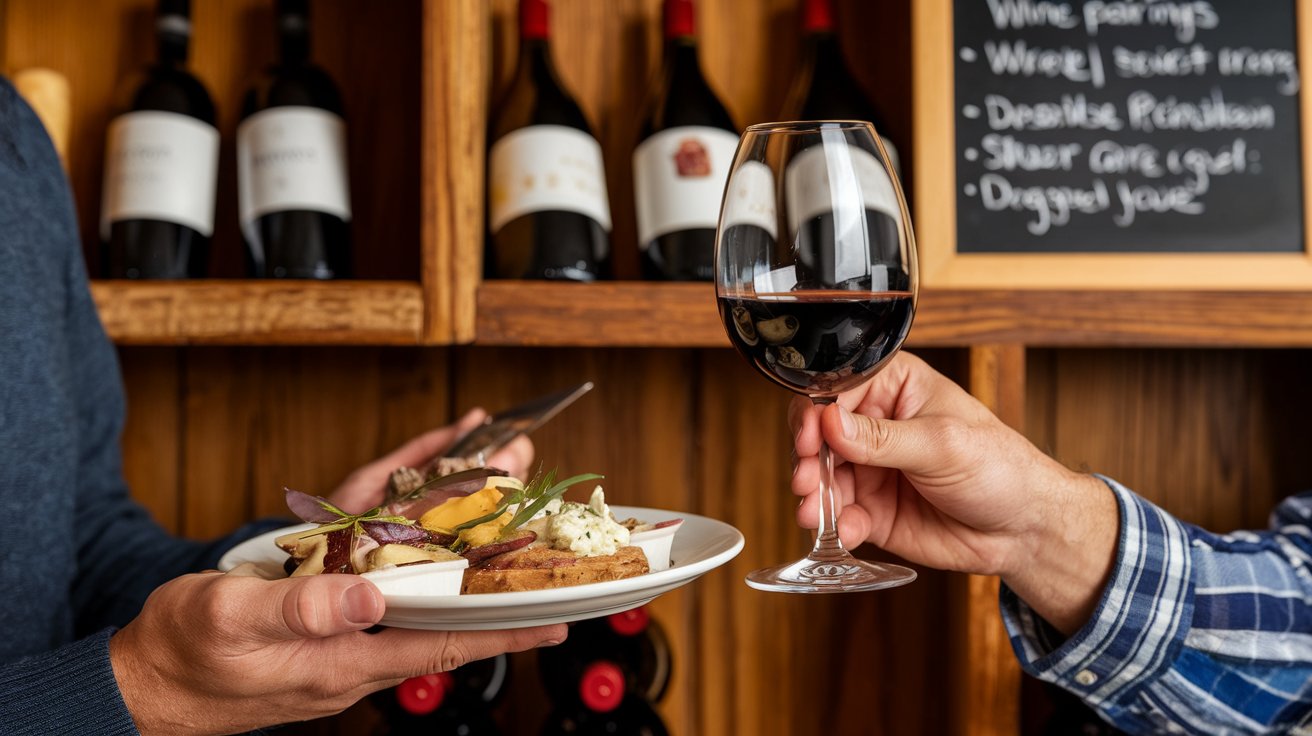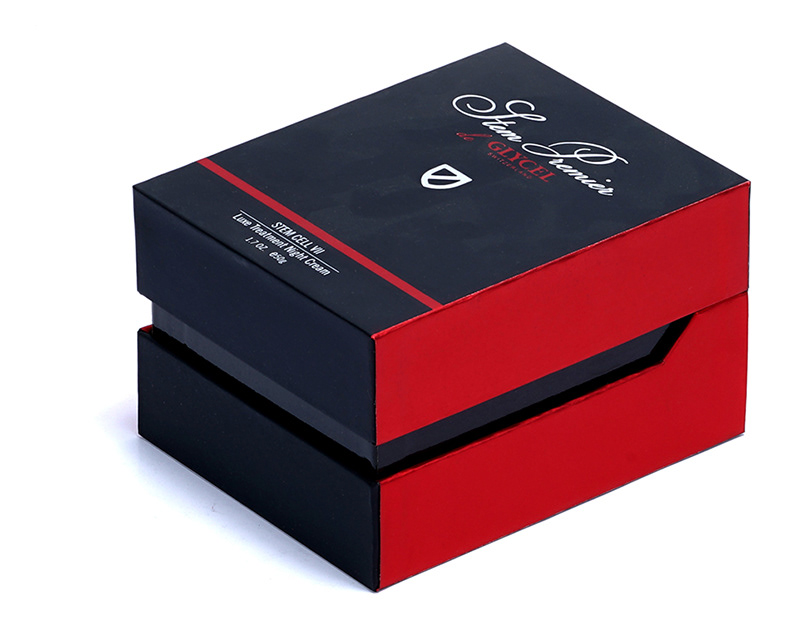Wine pairing is an art that can elevate a meal from ordinary to extraordinary. By understanding the fundamental principles of how wine and food interact, you can create delightful dining experiences that tantalize the palate. This guide will explore the basics of wine pairing, offering easy tips for food lovers and introducing you to unique options like Conniption Barrel Aged Gin, which can also complement certain dishes when you’re looking for something different.
Understanding Wine Pairing
The Basics of Pairing
At its core, wine pairing is about balance. The goal is to harmonize the flavors, textures, and aromas of both the wine and the food. Here are some foundational principles to consider:
- Match Intensity: The intensity of the wine should match the intensity of the dish. Lighter wines pair well with lighter fare, while robust wines complement hearty meals. For example, a delicate Pinot Noir works beautifully with poached salmon, while a bold Cabernet Sauvignon is perfect for a juicy steak.
- Consider Flavor Profiles: Identify the dominant flavors in your dish and find wines that either complement or contrast those flavors. For instance, a citrusy Sauvignon Blanc pairs well with zesty shrimp ceviche, while a spicy Shiraz can enhance the flavors of grilled steak.
- Balance Acidity and Sweetness: High-acid wines can cut through rich, fatty dishes, while slightly sweet wines pair well with spicy cuisines. A Riesling’s sweetness balances out the heat in spicy Thai dishes, making it an excellent choice for such meals.
Techniques for Pairing
Congruent Pairings
Congruent pairings involve matching similar flavors in both food and wine. For instance, pairing a buttery Chardonnay with creamy mac and cheese creates a delightful synergy where both elements enhance each other.
Contrasting Pairings
Contrasting pairings involve balancing one flavor against another. A high-acid white wine can cut through the richness of a creamy dish, creating a refreshing contrast. For example, pairing a crisp Pinot Grigio with rich lobster pasta provides a delightful balance of flavors.
Practical Tips for Wine Pairing
- Start with the Sauce: Often, it’s best to pair wine with the sauce rather than the meat itself. For example, if you’re serving chicken in a mushroom cream sauce, consider a red wine like Pinot Noir that complements earthy flavors.
- Think About Tannins: Tannins in red wines can be softened by fatty foods. A well-marbled ribeye steak pairs wonderfully with a tannic Cabernet Sauvignon because the fat in the meat balances the tannins in the wine.
- Explore Regional Pairings: Often, regional cuisines have traditional wine pairings that work well together due to local ingredients and flavors. For example, Italian Chianti pairs beautifully with tomato-based pasta dishes because they share similar acidity levels.
- Experiment and Discover: Don’t hesitate to try unconventional pairings or unique spirits like Conniption Barrel Aged Gin. This gin can add an interesting twist when paired with savory dishes or even enjoyed in cocktails alongside dinner.
Food Pairing Examples
Here are some classic pairings to inspire your next meal:
- Sauvignon Blanc with Goat Cheese Salad: The crisp acidity and citrus notes of Sauvignon Blanc provide a refreshing contrast to creamy goat cheese.
- Cabernet Sauvignon with Grilled Steak: The bold tannins and dark fruit flavors stand up well to rich meats.
- Pinot Noir with Mushroom Risotto: The earthy notes of Pinot Noir harmonize beautifully with savory mushroom dishes.
- Riesling with Spicy Thai Cuisine: The sweetness balances out heat while enhancing bold flavors.
Conclusion
Wine pairing is not just about following rules; it’s about exploring flavors and finding what works best for your palate. Whether you’re hosting a dinner party or enjoying a quiet meal at home, understanding how to pair wine effectively can enhance your dining experience significantly.As you experiment with different combinations and discover your preferences, remember that there are no hard and fast rules—only guidelines to help you on your journey through flavor exploration. Next time you’re considering what to serve with dinner, think beyond traditional wines and consider unique options like Conniption Barrel Aged Gin, which may surprise you with its versatility.




